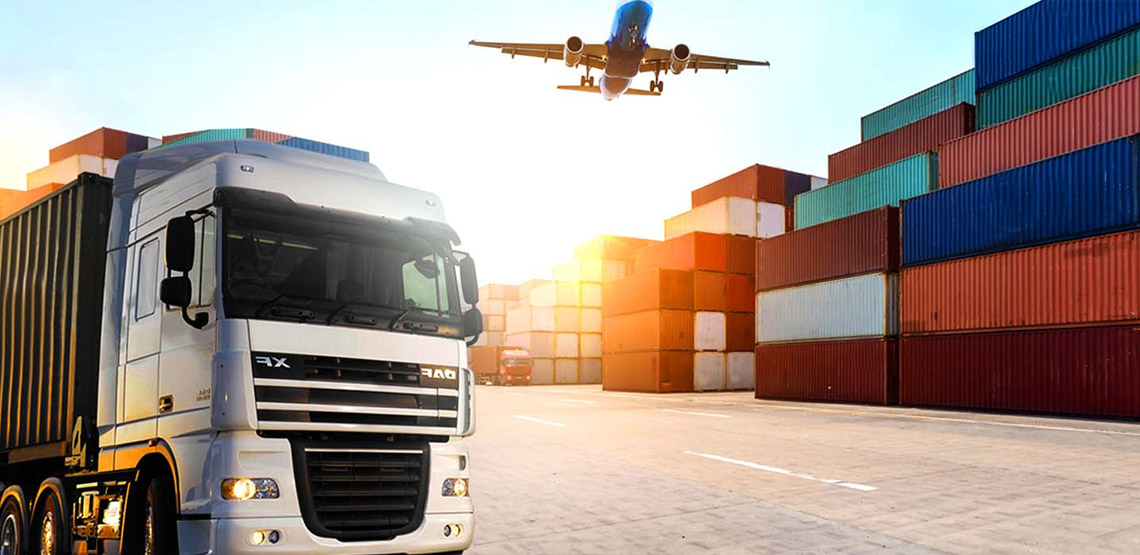
Exploring Innovative Solutions for Reverse Logistics Challenges
Reverse logistics, the process of managing the return of products from the consumer to the manufacturer, poses a significant challenge for businesses across various industries. Historically viewed as a cost center, reverse logistics is now recognized as an essential part of the supply chain that can directly impact profitability, customer satisfaction, and sustainability goals. In this article, we delve into the complexities of reverse logistics and explore innovative solutions to address its challenges.
Understanding Reverse Logistics Challenges
Logistics services in India involves the handling of returned products, repairs, refurbishments, recycling, and disposal. This process presents several challenges:
-
Cost Management: Reverse logistics can be costly due to transportation, processing, and restocking expenses. Managing these costs while ensuring efficient operations is a critical challenge for businesses.
-
Complexity: Reverse logistics processes are often more complex than forward logistics due to factors such as varied reasons for returns, product conditions, and regulatory compliance requirements.
-
Customer Expectations: In today's competitive landscape, customers expect hassle-free returns and exchanges. Meeting these expectations while balancing cost considerations poses a significant challenge.
-
Environmental Sustainability: Increasing environmental awareness has heightened the importance of sustainable practices in reverse logistics. Businesses face pressure to minimize waste, promote recycling, and reduce the carbon footprint associated with returns.
Innovative Solutions for Reverse Logistics
To overcome these challenges, businesses are turning to innovative solutions that leverage technology, data analytics, and collaboration across the supply chain. Here are some examples:
-
Advanced Analytics and Predictive Modeling: By analyzing historical data on returns, businesses can predict future return patterns more accurately. This enables proactive planning, optimized inventory management, and better allocation of resources.
-
Automation and Robotics: Automation technologies such as robotic process automation (RPA) and robotic sorting systems streamline reverse logistics processes, reducing manual labor costs and increasing efficiency. Automated sorting systems can classify returned products based on their condition, facilitating faster decision-making on disposition.
-
Blockchain Technology: Blockchain technology offers transparency and traceability in reverse logistics by creating an immutable record of product returns, repairs, and refurbishments. This enhances accountability, reduces fraud, and ensures compliance with regulations, particularly in industries with stringent requirements such as pharmaceuticals and electronics.
-
Collaborative Partnerships: Collaboration among stakeholders in the supply chain, including manufacturers, retailers, logistics providers, and recycling companies, is essential for optimizing reverse logistics. By sharing data and resources, partners can collectively identify inefficiencies and implement solutions that benefit the entire ecosystem.
-
Circular Economy Initiatives: Embracing the principles of the circular economy, businesses are redesigning products and packaging to facilitate easier disassembly, repair, and recycling. Extended producer responsibility (EPR) programs encourage manufacturers to take responsibility for the end-of-life management of their products, incentivizing sustainable practices.
-
Reverse Supply Chain Network Design: Optimizing the design of reverse logistics networks, including the location of processing centers and return centers, can significantly reduce transportation costs and improve service levels. Network modeling techniques help businesses identify the most cost-effective configurations based on factors such as return volumes, product characteristics, and regulatory requirements.
-
Customer-Centric Solutions: Providing customers with convenient return options, such as in-store returns, drop-off points, or reverse vending machines, enhances the overall shopping experience and reduces the logistical burden on businesses. Reverse logistics platforms that offer self-service returns and real-time tracking capabilities further empower customers while streamlining operations.
Case Study: Amazon's Reverse Logistics Innovations
Amazon, a pioneer in e-commerce, has implemented several innovative solutions to address reverse logistics challenges. The company's "Frustration-Free Packaging" initiative aims to reduce waste and improve customer experience by using recyclable materials and minimizing excess packaging. Additionally, Amazon has introduced "Amazon Second Chance," a program that promotes the repair, refurbishment, and resale of returned products, thereby extending their lifecycle and reducing waste.
Conclusion
Logistics services in India presents multifaceted challenges for businesses, but innovative solutions offer opportunities for improvement. By leveraging advanced technologies, collaborative partnerships, and sustainable practices, companies can streamline reverse logistics processes, reduce costs, and enhance customer satisfaction. Embracing a holistic approach to reverse logistics not only drives operational efficiencies but also contributes to environmental sustainability in an increasingly circular economy.
In conclusion, as businesses continue to navigate the complexities of reverse logistics, embracing innovation will be crucial for staying competitive and meeting the evolving needs of customers and stakeholders alike.